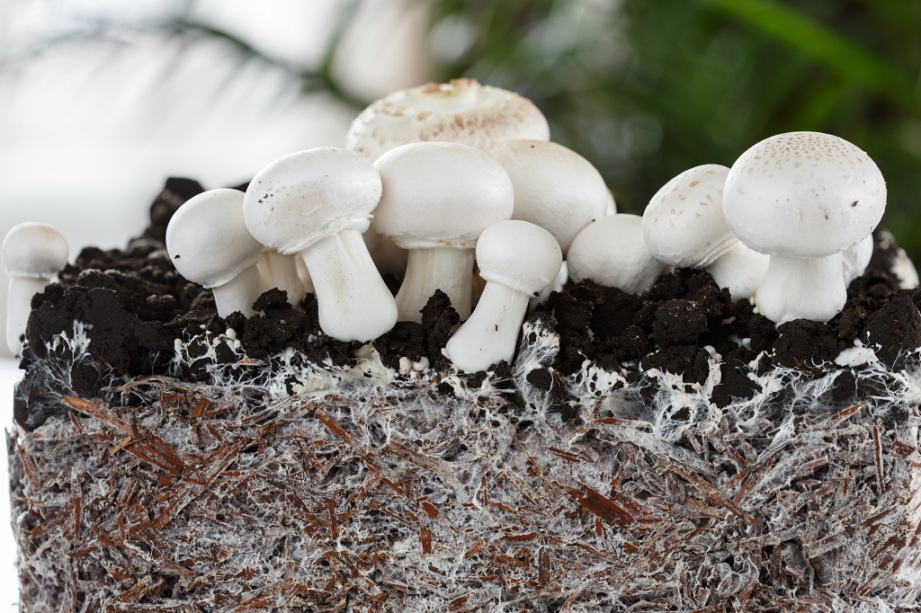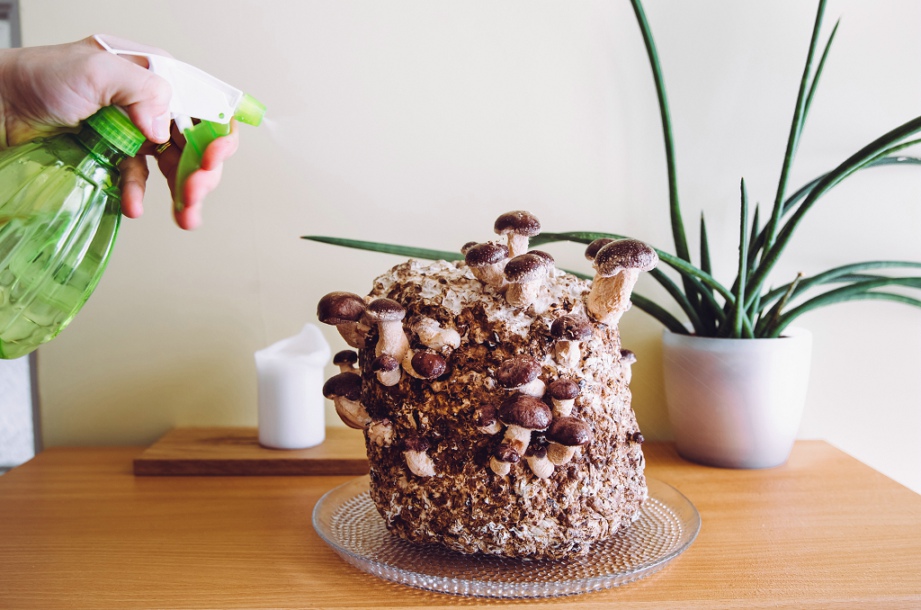Having fresh, hand-picked mushrooms available at your fingertips is much easier than most people initially think. By growing your own mushrooms at home, it’s easier than you think. You need a few materials and a dark, cold environment then will grow most of your favorite mushrooms available year-round.
Mushrooms are not a one-size fits all type of organism to grow. The type of mushroom you are growing will determine what substrate is needed to cultivate the spores best. Most common mushrooms grown at home include:
- Shiitake
- White Button
- Maitake
- Oyster (many different colors available)
- Portobello
The importance of the right growing substrate cannot be understated when attempting to grow mushrooms at home. Like plants, mushrooms have their preferences for their growing medium; if these preferences are not met, they might grow poorly.
Shiitake mushrooms prefer to grow on hardwood sawdust or wood chip substrate and would not grow well in compost or manure-type substrate. Alternatively, straw works well for oyster mushrooms, and compost or manure is perfect for white button mushrooms. Portobello mushrooms thrive best on a mixture of compost and straw for their substrate. Some grow kits will just have wood chip substrates, while other types of mushrooms require a log to be inoculated with the spores for the best chance of growth.

